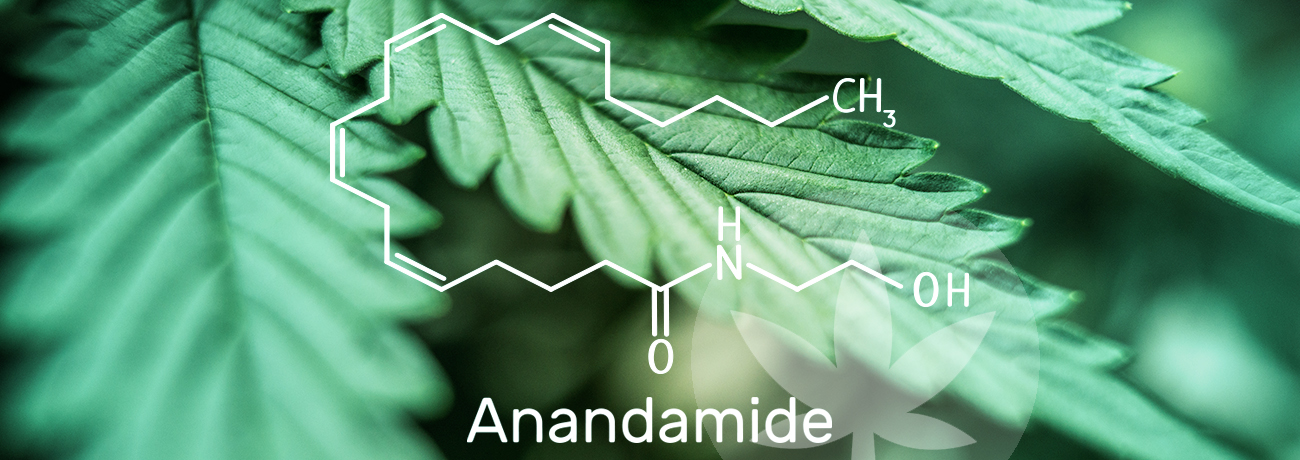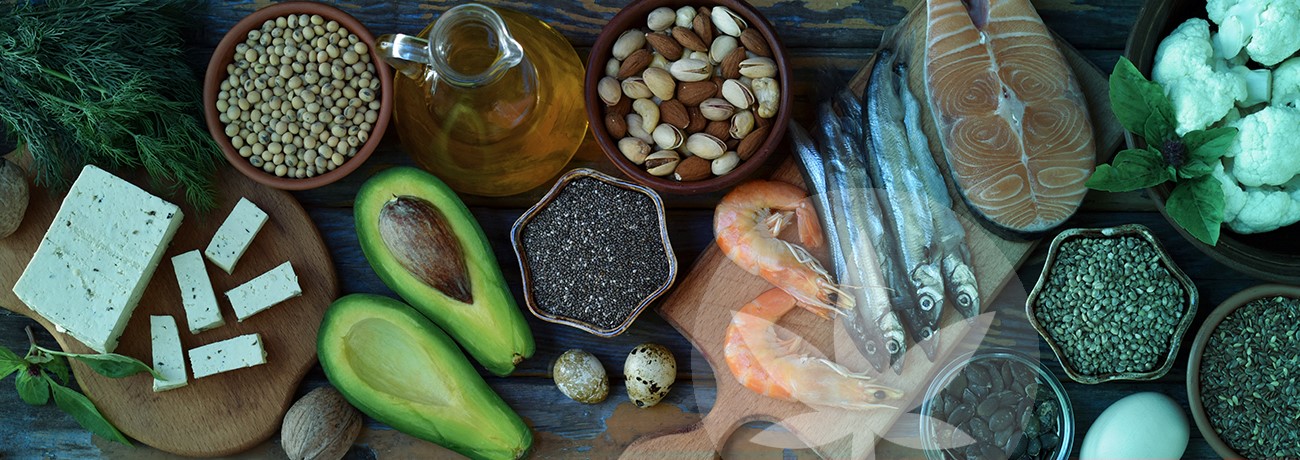All You Need to Know About Anandamide
Last updated:
Published:
What is anandamide?
Originally named arachidonylethanolamide, anandamide (AEA) was renamed after “Ananda” an Indian word for “joy, bliss, or happiness”. In that opening sentence alone, there is a lot of information to take in. However, anandamide is a powerful ally, so let's rewind to the basic principle of the endocannabinoid system. That will help to understand why this aptly titled “bliss molecule” is so important.

Our endocannabinoid system (ECS) is a vast network of CB1 and CB2 receptors. These receptors are incredibly sophisticated for two reasons. Firstly, they are located through the body and secondly, they are triggered by the presence of chemical compounds called cannabinoids. Once activated, these receptors prompt a series of biological responses. Researchers believe that by extensively documenting these interactions, we may be able to use cannabinoids to great benefit.
All sounds well and good, but you may be wondering why our body reacts to the presence of cannabinoids. After all, even though they are found in several species of plant, they are predominantly contained within cannabis. Why would the human body have evolved a system that is triggered by cannabis?
Well, that same question puzzled scientists, especially when cannabinoids receptors were initially discovered in the 1980s.
Scientists discovered the biological system before they found the trigger
Upon discovery, scientists believed that the presence of THC triggered cannabinoid receptors. THC is the psychoactive compound that is found in cannabis. It was not until several years later that an internally produced chemical compound called anandamide was discovered. Suddenly the ECS made sense. It was there to react to chemicals our body produced internally. The reason scientists first assumed the receptors responded to the presence of THC is that tetrahydrocannabinol (THC) and anandamide (AEA) share similarities at a molecular level.
Considered an endocannabinoid, anandamide was found to have several effects. It seemed to induce a state of happiness, earning its self the fitting title of the bliss molecule. Scientists also noted that it appeared to be linked to memory, motivation, thought process, pain, appetite and fertility.
Anandamide also possesses the ability to encourage neurogenesis, a term for the development of new nerve cells. In doing so, it displays “anxiolytic and antidepressant-like effects”. With the number of benefits stacking in anandamides favour, there is one downside to the chemical compound. Being naturally produced, it is broken down by the body incredibly quickly.
What can you do to boost the bodies production of anandamide naturally?
Ananadimes swift exit from the body is the reason we don’t stay in a permanent state of bliss. Not all is lost though. There are several ways we can naturally boost our anandamide levels.
Diet
The best piece of news? You now have an excuse to indulge in chocolate. By containing the substance theobromine, chocolate is thought to cause the brain to produce more anandamide. Theobromine might also slow anandamides breakdown, providing benefits on several fronts. For the best results consume dark chocolate over milk, the closer you can get to pure cocoa the better. This ensures higher concentrations of theobromine and potent flavonoids.

If you are not a fan of chocolate, the next most suitable substitute is truffles. Not the magic kind, but the black fungus that grows in the ground. Used by prestigious chefs the world over, black truffles are a highly sought-after delicacy. If you can afford them, truffles contain an abundance of anandamide. Thankfully cheaper alternatives exist. Tea, parsley and celery can also help boost the production of anandamide.
Exercise
Running isn't just a great way to get in shape and lose weight. A study published on the Journal of Experimental Biology found that exercise encouraged endocannabinoid production. After just 30 minutes of running, both humans and dogs experienced an increase in AEA levels. Sadly walking was not found to be as effective. To gain the most significant benefit, focus on aerobic activities, and get your heart pumping.







.png)




